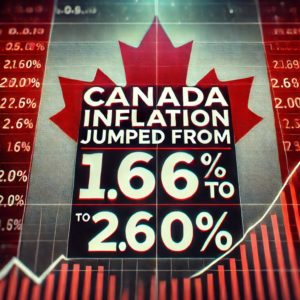
Credit Score Myths That Could Be Costing You Thousands
Your credit score plays a pivotal role in your financial health, influencing your ability to secure loans, credit cards, and favorable interest rates. Misunderstandings about how credit scores work can lead to costly mistakes. Let’s debunk some common myths:
Myth 1: Checking Your Credit Score Lowers It
Fact: Reviewing your own credit score is considered a “soft inquiry” and does not affect your score. Regularly monitoring your credit can help you identify inaccuracies and manage your financial health effectively.
Myth 2: Closing Unused Credit Cards Improves Your Score
Fact: Closing a credit card can reduce your available credit and shorten your credit history, both of which may negatively impact your credit score. It’s often better to keep unused cards open, especially if they have no annual fee.
Myth 3: Carrying a Balance on Your Credit Card Boosts Your Score
Fact: Carrying a balance does not improve your credit score and results in paying unnecessary interest. It’s best to pay off your credit card balance in full each month to maintain a healthy credit utilization ratio.
Myth 4: Your Income Directly Affects Your Credit Score
Fact: Credit scores reflect your credit management history, not your income level. Lenders consider income separately to assess your ability to repay loans, but it doesn’t directly influence your credit score.
Myth 5: Once You Have a Poor Credit Score, It’s Impossible to Improve It
Fact: Improving your credit score is achievable with consistent, responsible financial behavior. Paying bills on time, reducing debt, and avoiding new credit inquiries can gradually enhance your score over time.
Myth 6: Only Credit Card Activity Influences Your Credit Score
Fact: While credit card usage is a significant factor, other elements like installment loans, mortgages, and even utility payments can impact your credit score. Diverse types of credit, when managed responsibly, can contribute positively.
Myth 7: You Shouldn’t Review Your Credit Report Regularly
Fact: Regularly reviewing your credit report is crucial for identifying errors or fraudulent activity. By federal law, you’re entitled to one free credit report per year from each of the three major credit bureaus.
Fact: While hard inquiries from new credit applications can have a temporary effect, responsible use of new credit can benefit your score in the long run.
Myth 9: Paying Off a Negative Record Removes It from Your Credit Report
Fact: Paying off delinquent accounts is essential, but the record of the late payment can remain on your credit report for up to seven years. Over time, its impact diminishes, especially with positive credit behavior.
Myth 10: All Debts Are Equally Bad for Your Credit Score
Fact: Not all debts are viewed equally. For example, mortgages and student loans are often considered “good debt” when managed responsibly, as they can indicate stability and investment in your future.
Understanding these myths is crucial for maintaining a healthy credit profile. By staying informed and managing your credit wisely, you can save money and secure better financial opportunities.

